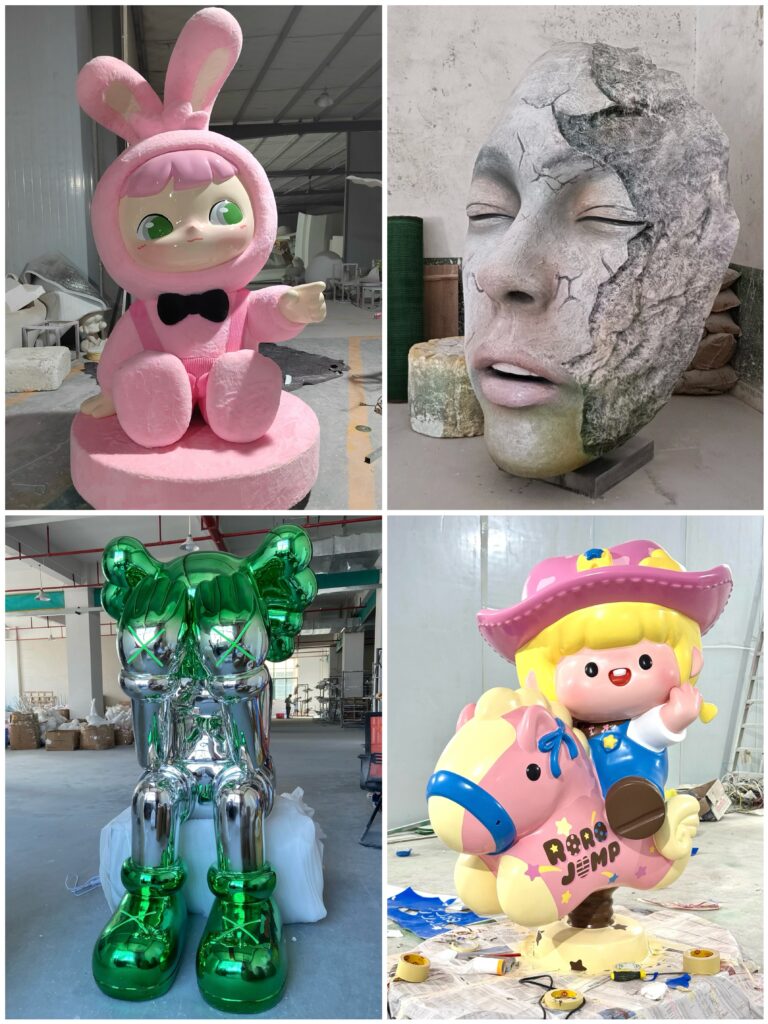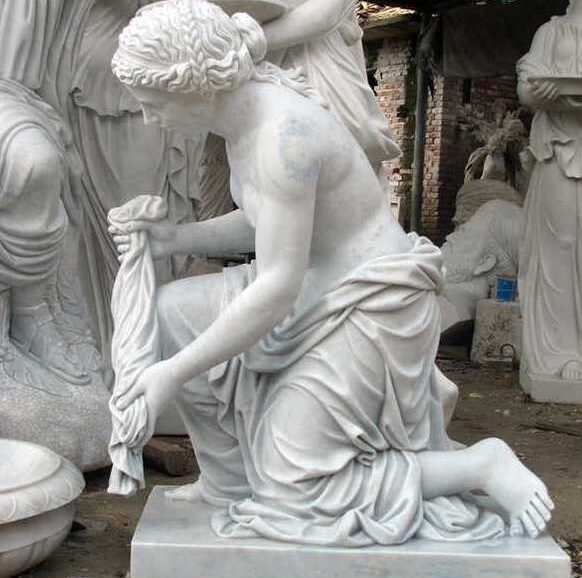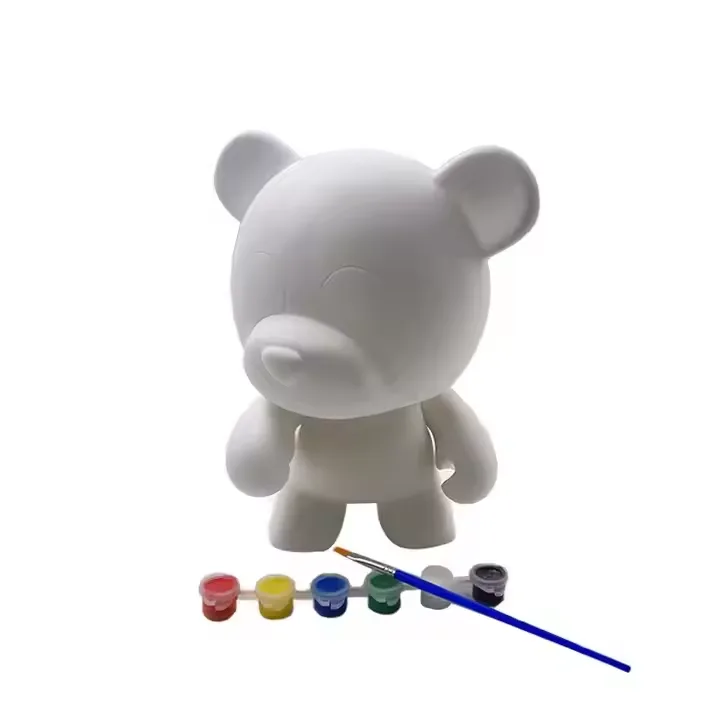
¿Cuál es la diferencia entre figuras de vinilo, PVC y resina?
Las figuras de vinilo, PVC y resina difieren en la composición del material, la durabilidad y las opciones de personalización. El vinilo es flexible y rentable, el PVC es duradero y versátil, mientras que la resina ofrece un alto nivel de detalle y una calidad superior. Comprender estas diferencias garantiza que elijas el material adecuado para tus figuras personalizadas.






